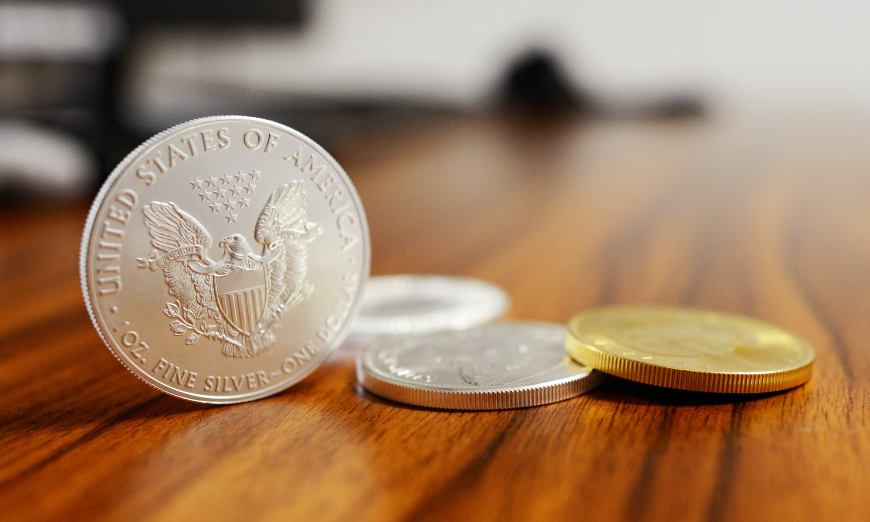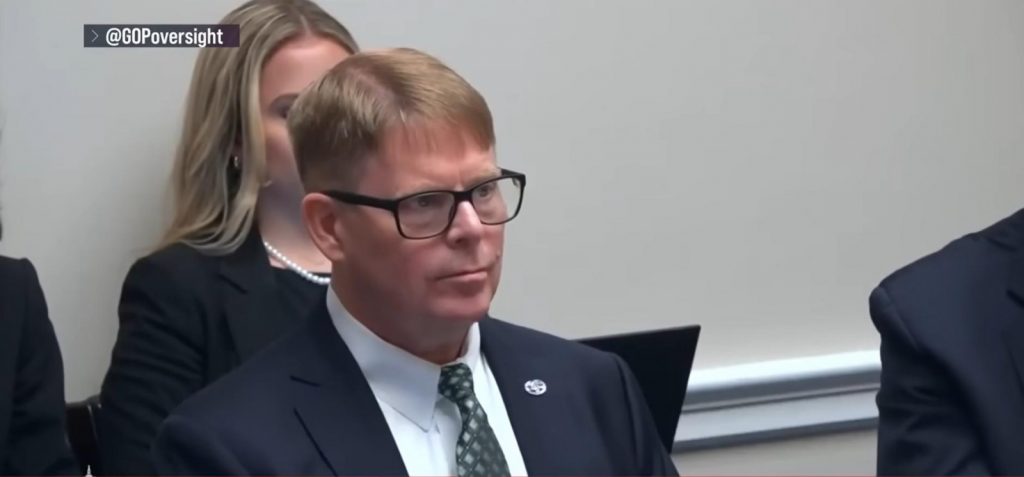Do Coin Tosses Only Have a 50/50 Probability?

© Simon / Unsplash
Unless you have been living under a rock, there is definitely no way you have not heard of the phrase “heads or tails.” It has been used for so long to make choices for indecisive people (like myself!), and it was always considered an “either one or the other” option. However, what if that was not the case anymore? Recent studies are trying to prove that coin tosses do not in actuality have a 50/50 probability. In contrast, it can offer way more than just the two.
The Coin Toss Bias
According to a study led by American mathematician Persi Diaconis, the act of tossing a coin introduces a subtle wobble to its trajectory. This wobble, referred to as “precession,” is proposed to make the coin spend more time in the air with its initial side facing up. Additionally, this increases the likelihood of it landing on the same side as it started, resulting in a “same-side bias.”

Diaconis’ previous research, based on a smaller number of coin tosses, found that coins landed on the same side they were tossed from approximately 51 percent of the time. In a new study, a team of researchers recruited 48 participants to flip a substantial number of coins from 46 different currencies, totaling 350,757 coin tosses. Their findings indicated an overall 50.8 percent chance of the coin showing up on the same side it was initially tossed from. This further supports the existence of this “same-side bias” phenomenon in coin tosses. It’s important to note that this new research is in the pre-print stage and has not yet undergone peer review.
Is the Coin Toss Bias Really Fair?
Frantisek Bartos, a researcher at the University of Amsterdam, drew inspiration from the 2007 study led by Persi Diaconis. The latter is also a former magician. Diaconis’ research proposed that a “wobble” and slight off-axis tilt occur when humans flip coins with their thumbs. Moreover, this leads to a 51 percent chance that the coin would land on the side facing upwards. Bartos’ research confirmed this same 51 percent figure.
How Important Is This Advantage?
While this advantage may not appear significant, Bartos noted that it could give casinos an edge over “optimal” blackjack players. The degree of bias depended on the individual’s flipping technique, with some people exhibiting more than a 50.8 percent bias.
However, when participants committed to choosing heads or tails before every toss, there was no bias for either side. Additionally, various coins used in the study did not show any signs of bias.
To achieve a fair coin flip, Bartos suggested ensuring that the person calling heads or tails cannot see which side is facing up before the toss.
So, What Can You Do Instead?
For those in need of a reliable method for making decisions between two options through coin flips, the research team offers a straightforward solution. When coin flips are employed for significant decision-making, it is best to conceal the starting position of the coin. This simple step helps ensure fairness and impartiality in the outcome. This makes it a practical approach for those relying on coin flips to make choices.
Will you be using this coin toss bias to your advantage the next time you flip a coin?
You might also want to read: Blue Light-Blocking Glasses Don’t Work How You Think



